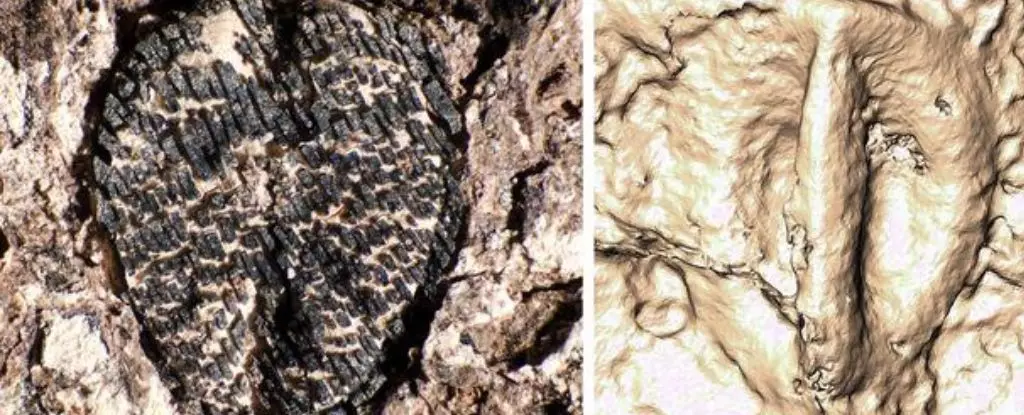The discovery of the oldest fossilized grape seed in the western neotropics by scientists in South America is indeed a remarkable find. This tiny, 60 million-year-old fossil provides valuable insights into the origins and spread of grape vines in the region. The fact that the fossil was unearthed in Colombia adds to its importance, shedding light on the evolution of grape vines on the continent after the extinction of dinosaurs.
The discovery of this prehistoric grape seed challenges existing notions about the deep history of grape vines in the Americas. While the fossil record of grape vines is patchy and biased towards North America and Eurasia, the finding in Colombia opens up new possibilities. Scientists had previously discovered fossilized grape seeds in India, which were much older than those found in Europe or North America. However, the recent discovery in South America suggests a faster and more widespread dispersal of grape vines than previously thought.
The emergence and spread of grape seeds in the fossil record appear to be linked to the extinction of dinosaurs. The loss of these large animals had a significant impact on the ecosystem, allowing grape vine plants to thrive in the absence of dinosaurs that would have otherwise pruned the forests. This shift in the ecosystem following the extinction event led to the proliferation of grape vines, which eventually led to their domestication by humans.
The discovery of the oldest fossilized grape seed in the western neotropics has broader implications for environmental studies. It highlights the interconnectedness of plant and animal species in shaping ecosystems over millions of years. By understanding the historical context of grape vine evolution, researchers can gain insights into the complex interactions that have shaped the biodiversity of the region.
This groundbreaking discovery opens up new avenues for future research into the evolution and dispersal of grape vines in the Americas. Scientists now have a better understanding of how grape vines spread across the continent and the factors that contributed to their success. By further exploring the fossil record in South America and other regions, researchers can continue to unravel the mysteries of plant evolution and its impact on biodiversity.
The discovery of the oldest fossilized grape seed in the western neotropics is a significant achievement that sheds light on the evolutionary history of grape vines in the region. This finding not only challenges existing theories but also paves the way for future research into the origins and spread of plant species in the Americas. By critically analyzing such discoveries, scientists can deepen their understanding of the natural world and the forces that have shaped it over millions of years.

Leave a Reply